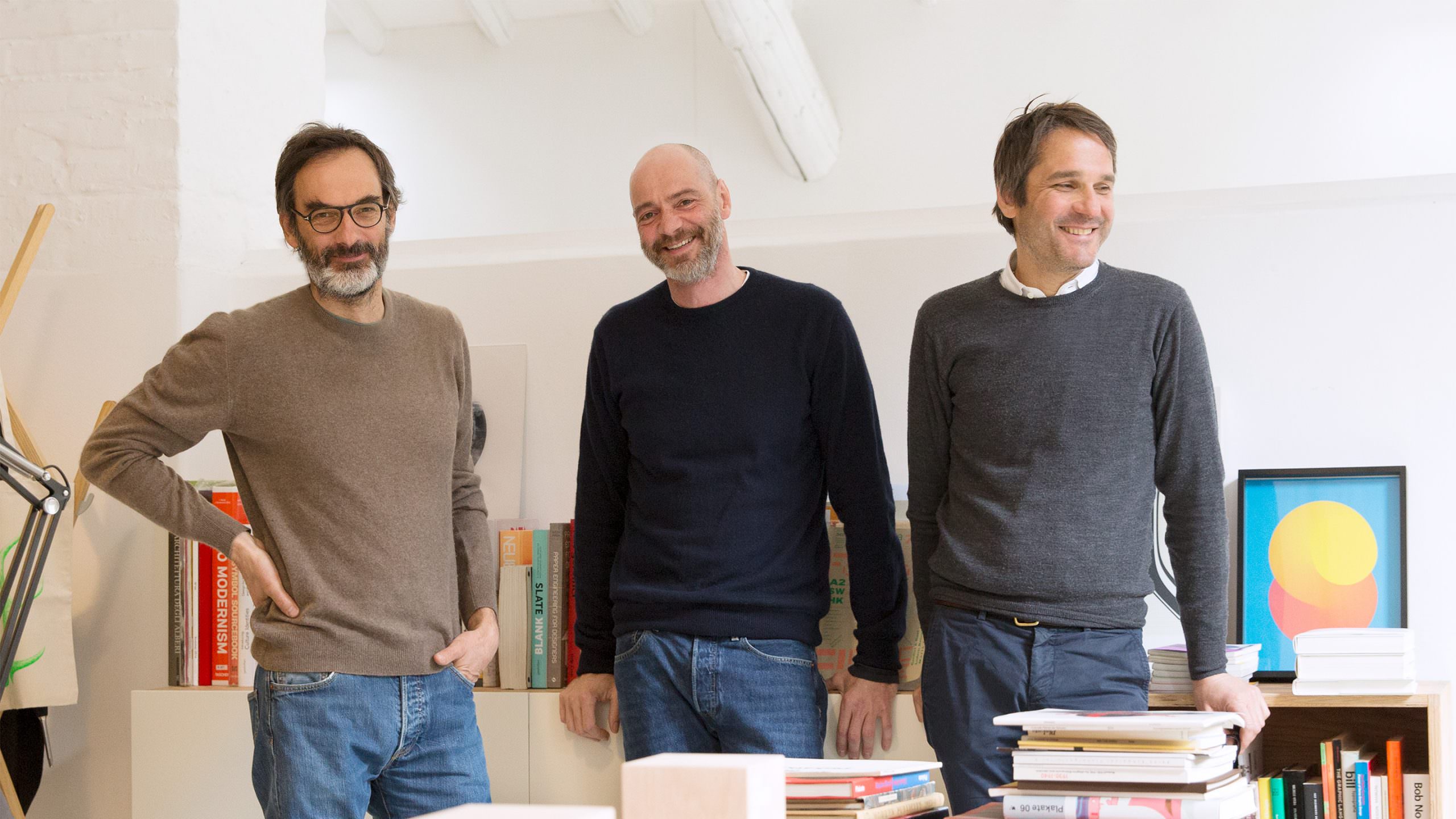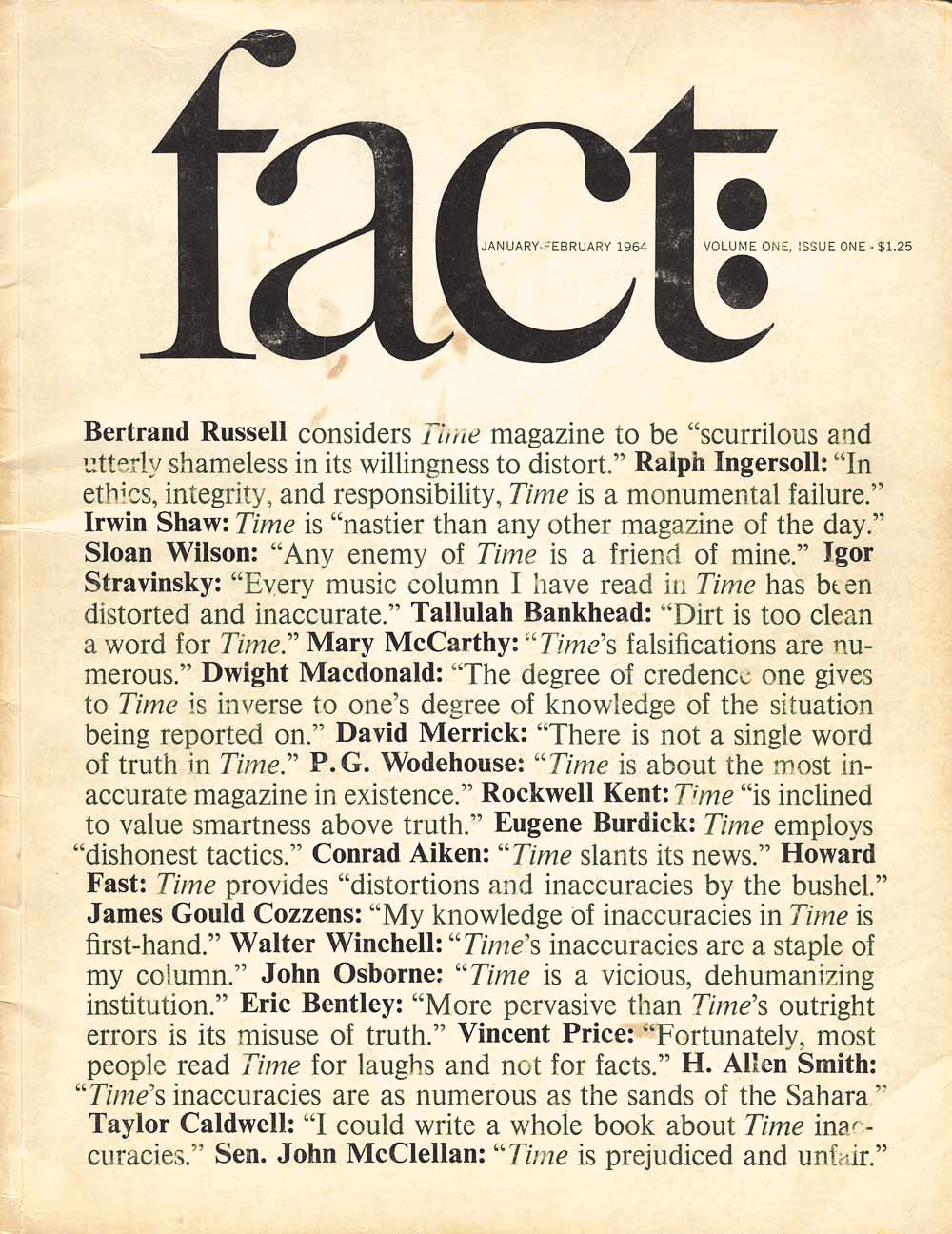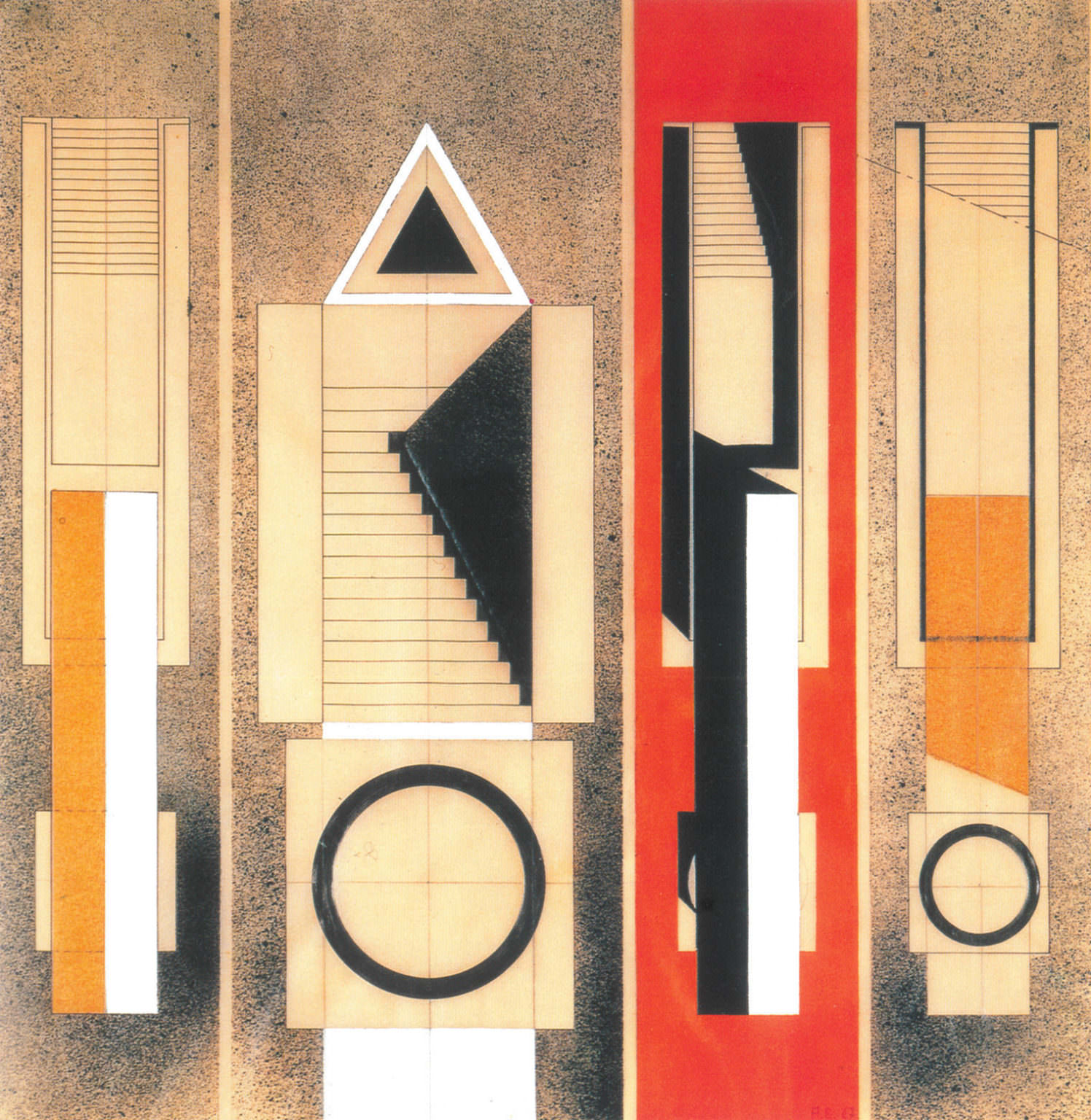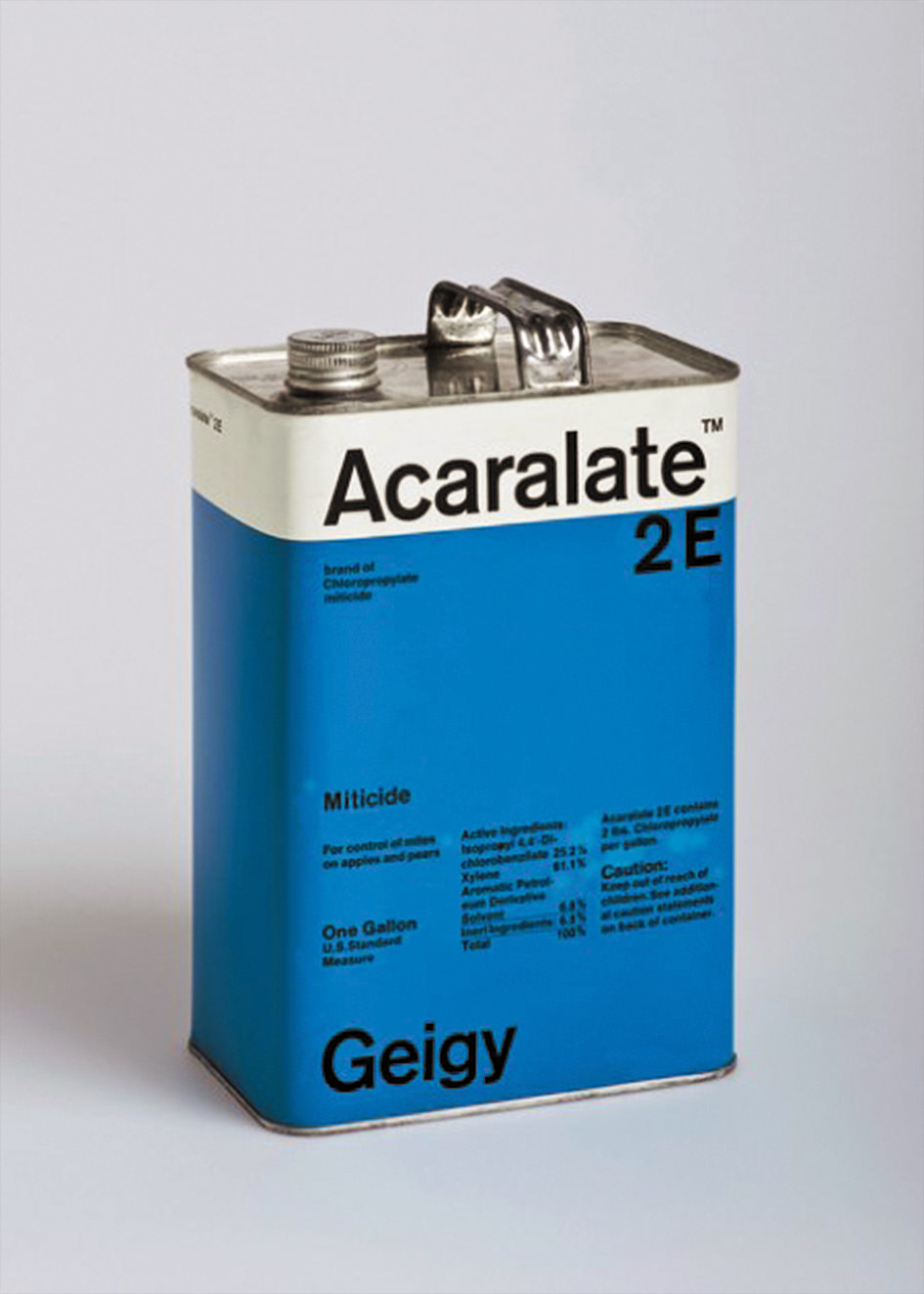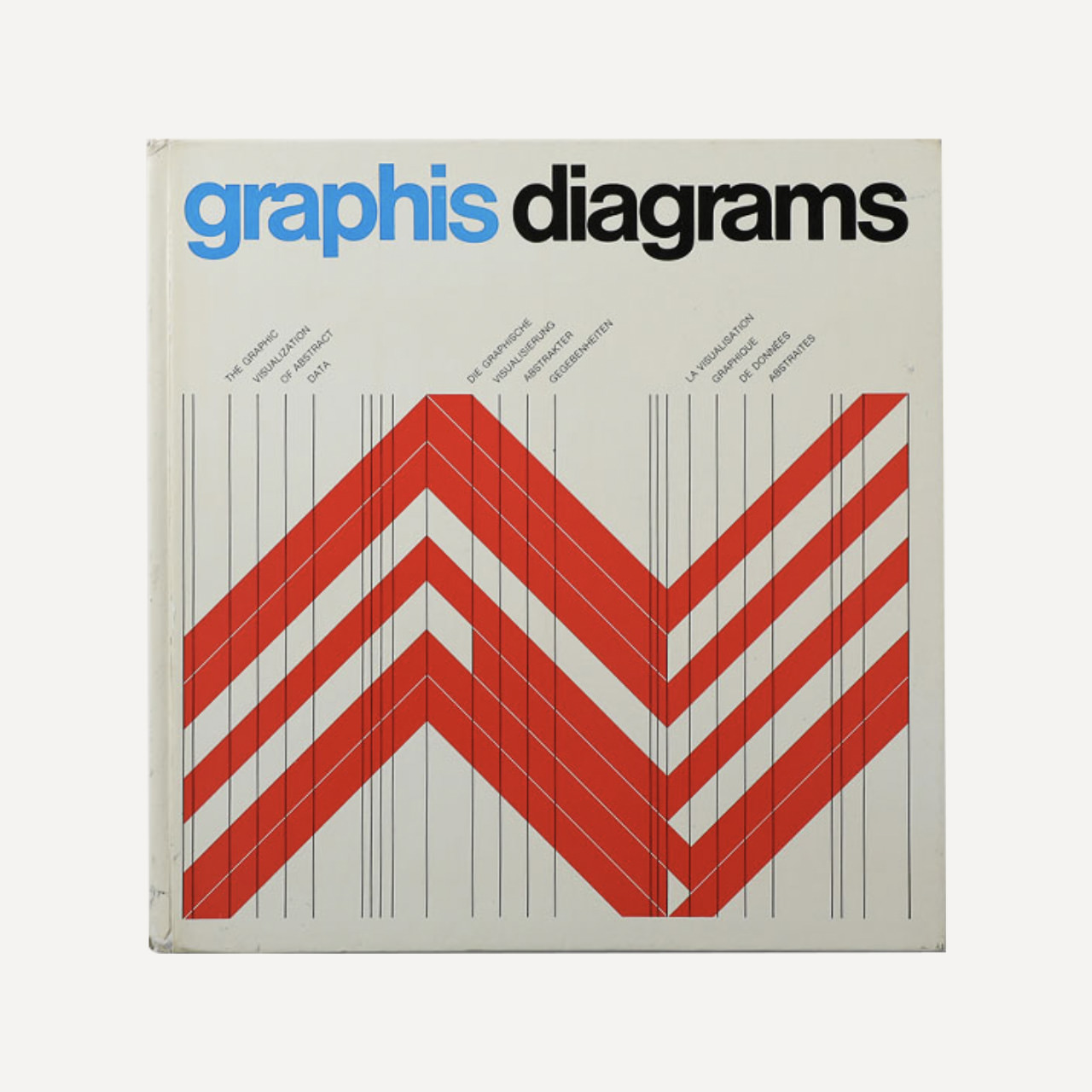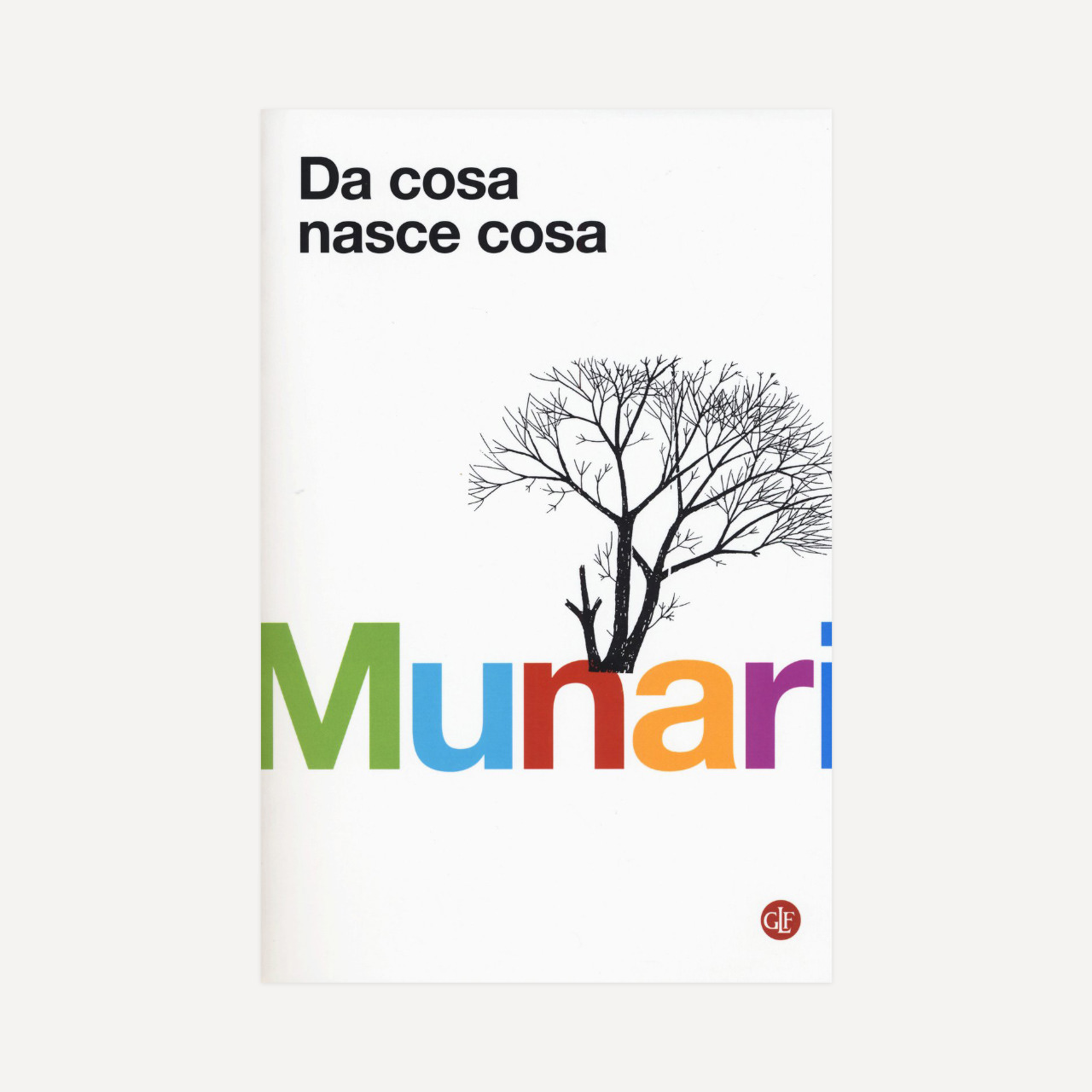CCRZ
簡単な略歴を教えてください。
Please tell me your brief personal history.
アートカレッジを卒業後、ミラノ工科大学の建築学部に進みましたが、プロダクトやグラフィックなどデザインに関心を寄せていました。特段意識していたわけではないのですが、建築よりも扱いやすく、複雑ではないように感じられました。子どもの頃から見ることと描くことが好きで、現在の仕事もその延長だと思います。他の仕事を今の仕事と同じモチベーションでできるかは自信がありません。
在学中に友人たちのための小規模なデザインプロジェクトをスタートさせ、徐々に技術を学びました。職業と言えるようになったのは30歳頃だと思います。CCRZは2007年、37歳のときに設立したスタジオで、異なる技能を合わせ、美の価値観を共有する友人のエウジェニオ・カスティリオーニとマルコ・ツーリッヒャーとの協働の場所です。
After graduating from a good art college, I advanced to the Faculty of Architecture at the Politecnico di Milano, but design; product and graphic, have always been my passion during my studies. I felt these disciplines to be more manageable, less complicated than architecture. I do the job I felt more natural to do since I was a child: observing and drawing. I am not sure I could have done anything else with the same motivation really.
I started to do small graphic design projects during my architectural studies, mainly for friends, learning little by little. I think I became professionally mature around the age of 30. Finally, in 2007, at the age of 37, I established Studio CCRZ with friends Eugenio Castiglioni and Marco Zürcher, putting together our different skills, and shared sense of beauty.
影響を受けたのはどんな人たちですか。
Who inspires you?
雑誌『Archigraphia』に掲載されたイメージやデザイン、ハーブ・ルバーリン1、ミューラー゠ブロックマン2、アルド・ロッシ3、その他の建築家、無名のデザインなど多数あります。最も敬愛するのは、1960-70年代のスイス4、イギリス、イタリアとアメリカのグラフィックデザインです。特に批評的な知識を持たずとも、それらのプロジェクトからは一貫性と精神性を感じました。
I am inspired by the works of many designers such as Herb Lubalin1, Josef Müller-Brockmann2, and Aldo Rossi3, images and designs published in the magazine Archigraphia, and other unknown designs. What I loved the most was Swiss4, English, Italian and American graphic design of the ‘60s and ‘70s. Without having very much critical knowledge of context, I sensed the consistency and spirit of those projects.
3人のヘッドデザイナーが仕事をどのように分担し、スタイルやクオリティを保っているのでしょうか?
There are three head designers in your studio — how do you delegate your work between each other? How do you maintain your style and quality?
3人とも友人同士として長年親密な関係にありますし、仕事でも共通のビジョンをもっています。同じ価値を信じている、と言っていいかもしれません。この前提がなければ、共に仕事し、スタジオの一貫性を維持することは難しいでしょう。
各チームの一連のプロジェクトにおける自主性は各自がコントロールしますが、可能な限りアイデアを共有し、プロジェクトで良い結果を出すために意見を交換するようにしています。お互いに信頼をおいているからこそできることですし、それにより、自身のリズムや個性も維持することができています。
We are three partners, close to each other from a long friendship and with a common vision on projects. I would say we believe in the same values. Without this premise it would be difficult to work together and to maintain the coherence of the studio.
Each one of us manages autonomously a series of projects with his team. Nevertheless, we try as much as possible to share ideas and to exchange opinions. Between us there is the utmost trust for the good outcome of the project.

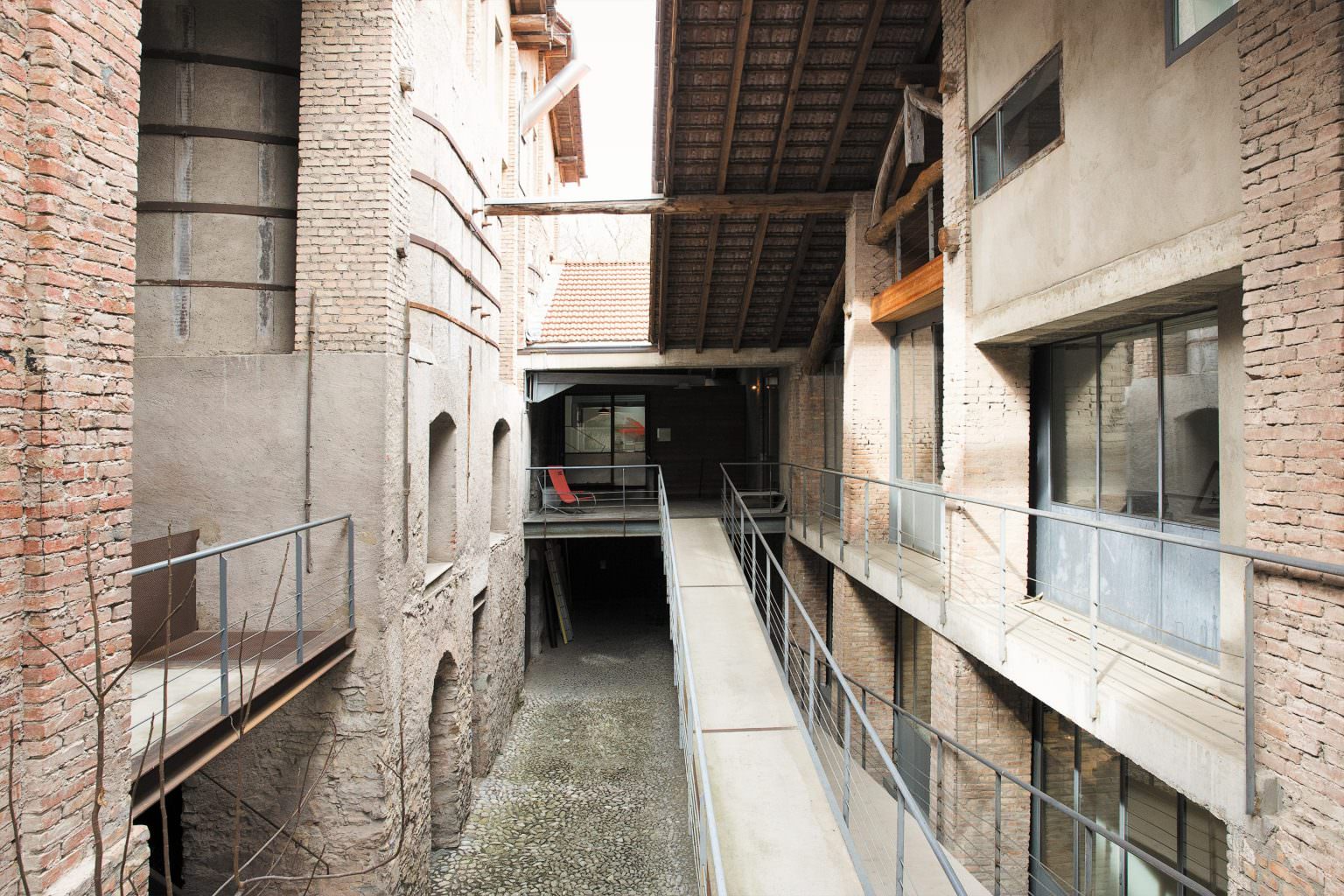
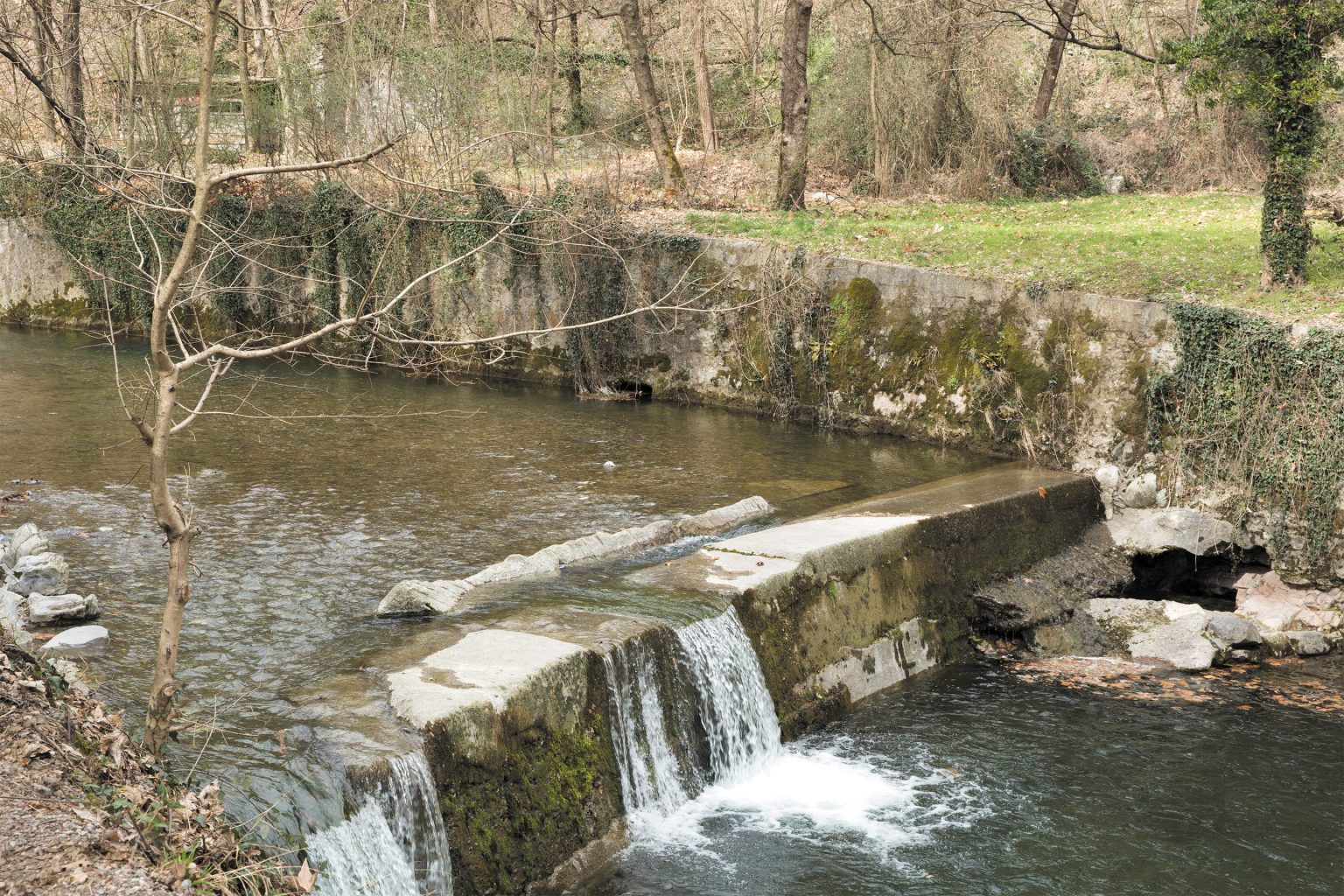
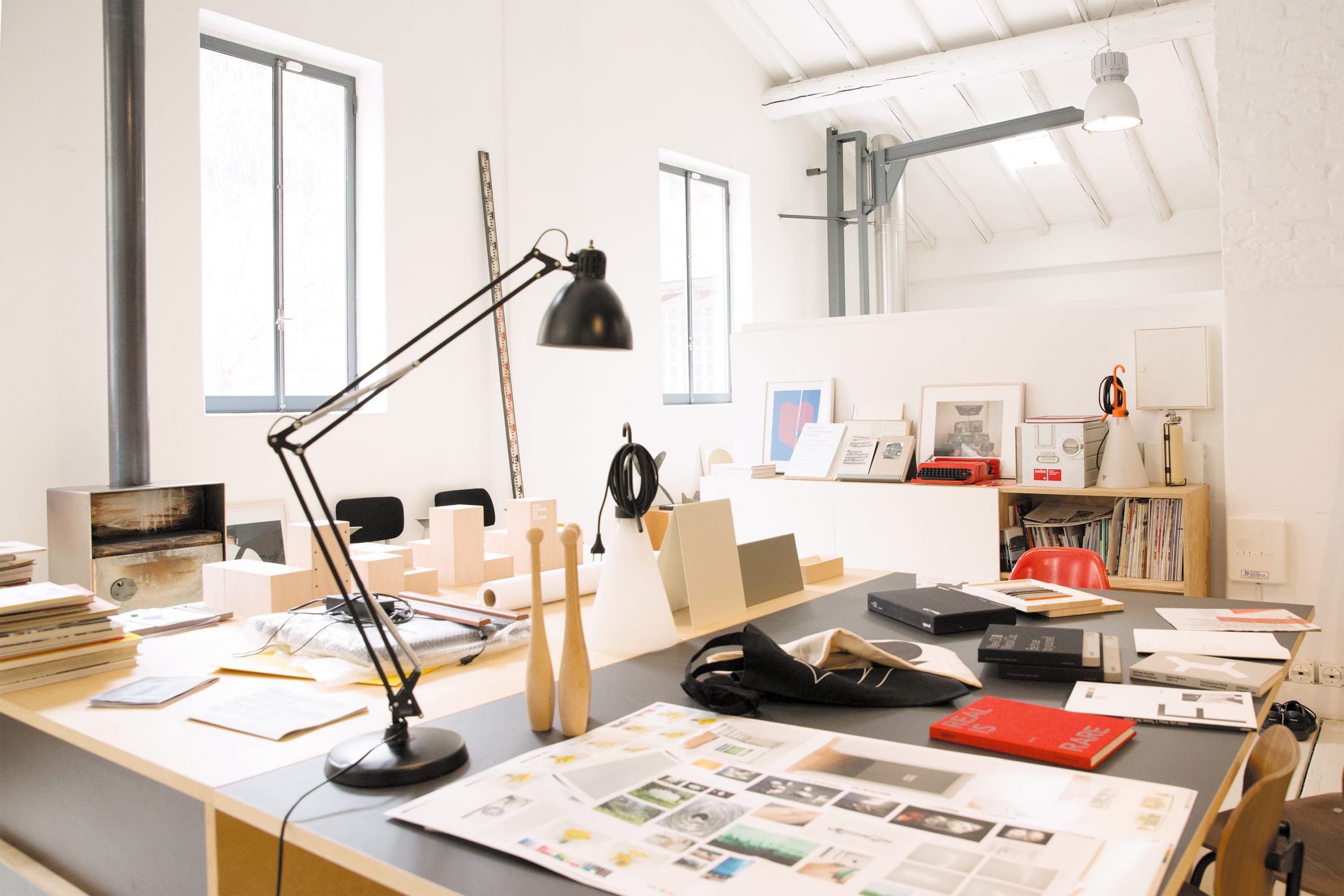
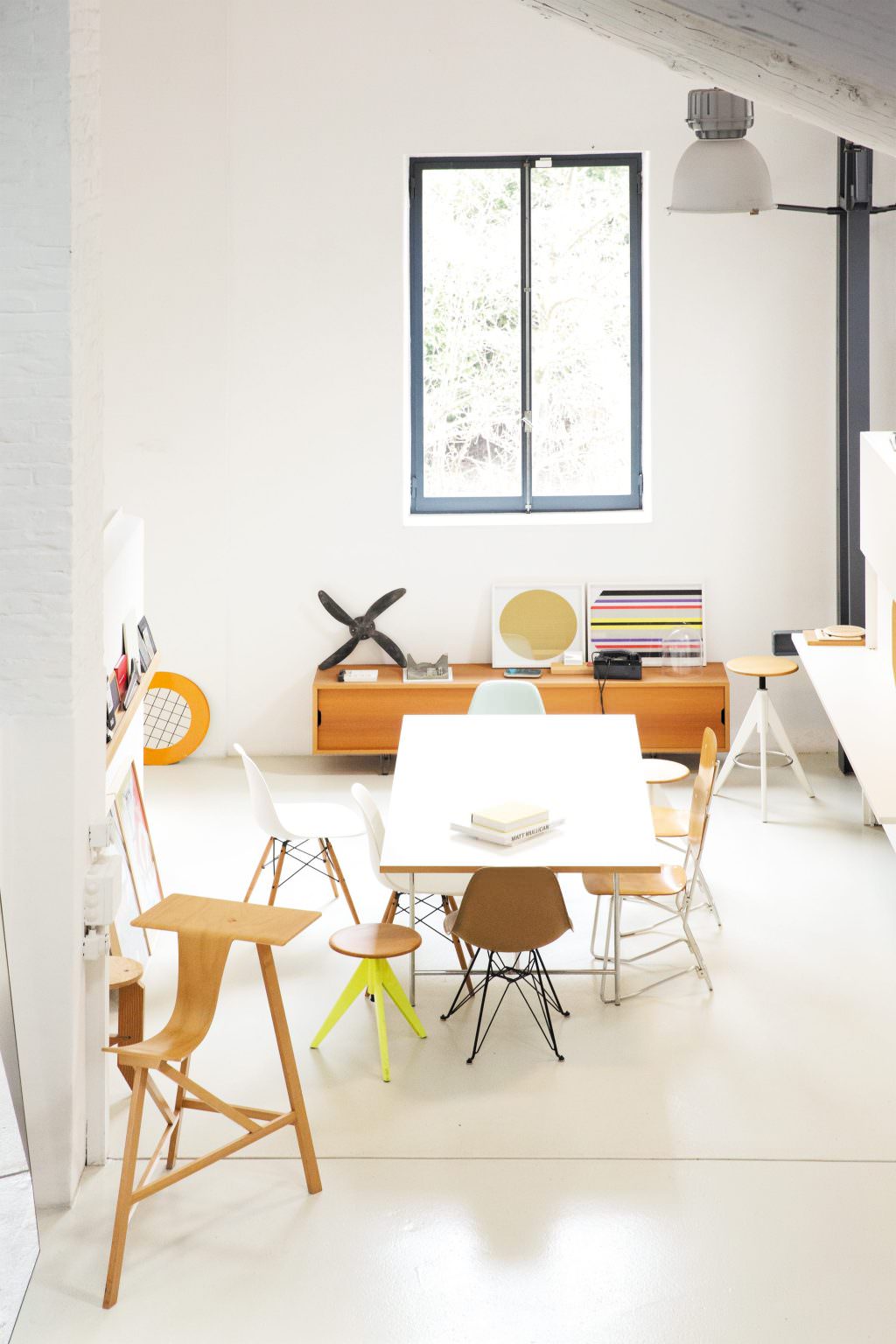

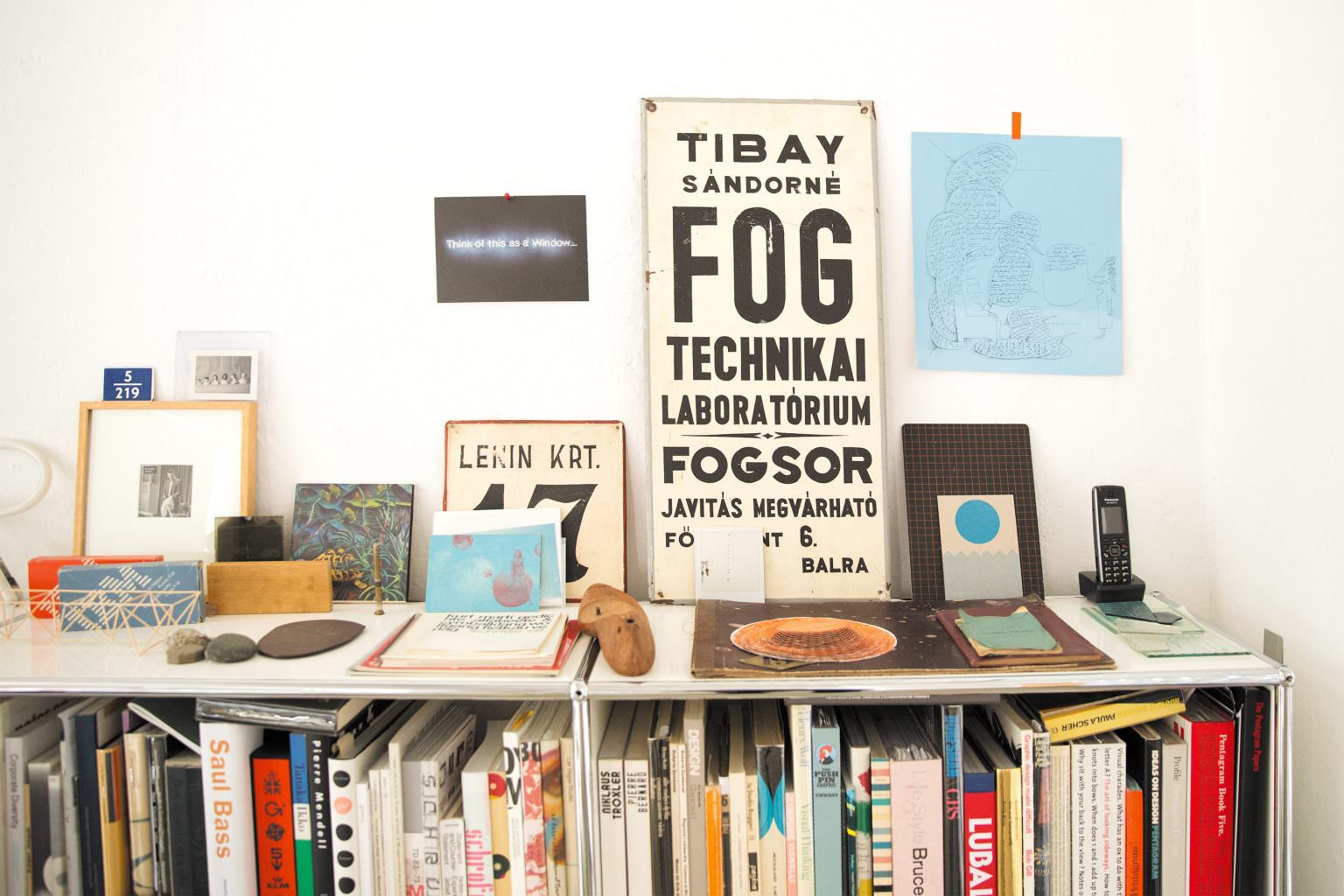
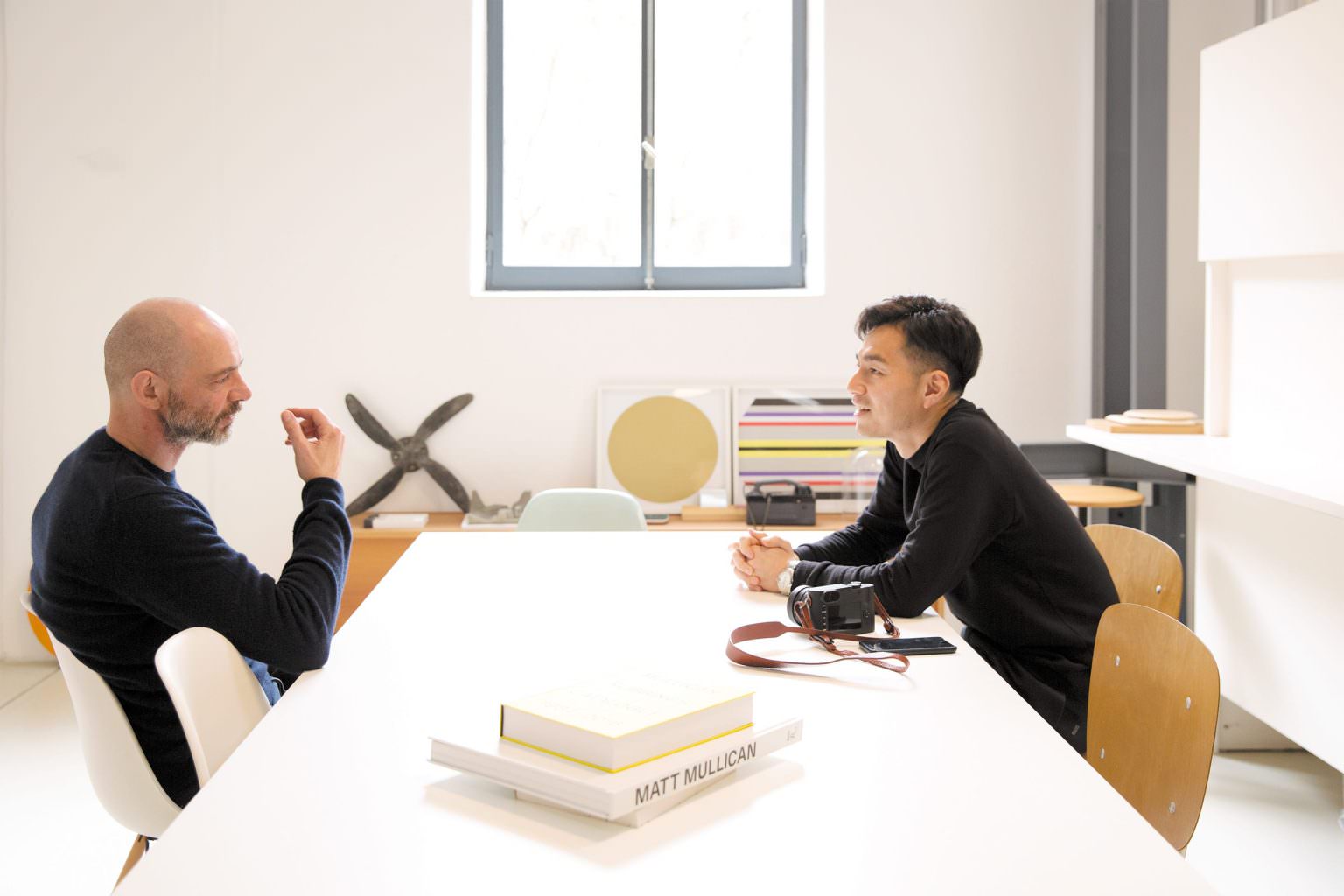
クライアントは商業的な仕事や文化・教育関係など幅広いですね。どのように配分を調整されているのでしょうか。
Your clients range from the commercial and cultural to educational institutions. How do you manage this?
CCRZには10人のスタッフがいますから、スタジオとして経済的な安定を保証する繋がりのある継続的な仕事を確保することが重要です。だからと言って小さな仕事を重視しないというわけではありません。というのは、予算の大きさに関わらず、質の高いプロジェクトは満足度が高いからです。もちろん、質と予算が両立するのがベストですね。
優れたプロジェクトのためには、優れたデザイナーだけでなく、優れたクライアントも必要でしょう。しかし、私たちは文化的でも商業的でも、大きくても小さくても、あらゆる分野のあらゆるプロジェクトを扱うことができると信じています。ゴールは異なるかもしれませんが、デザインプロセスの基本的なアプローチは同じです。根幹にあるのはクライアントとデザイナーの対話です。お互いの役割を尊重し、同じ目的を共有しなければ、自由でクリエイティブなプロジェクトにはなりません。
また、デザインを納品した後にも課題はあります。私たちは市立美術館(ルガノ市文化センター)や地元の大学(スイスイタリア大学)のアートディレクションとコミュニケーションデザインを提供していますが、近年クライアントにデザインガイドラインを維持してもらうことが難しくもなっています。企業は内部にデザインオフィスなどが設置されることで、ガイドラインとは違った使い方をされてしまう場合があるからです。
商業的なプロジェクトも文化的なプロジェクトも、一貫性を保つためにはデザイナーとクライアントの間で継続的かつ生産的な対話が重要となります。
There are 10 people working in CCRZ, and of course there is a considerable amount of cost involved. Therefore it is important to have connected and continuous projects that guarantee an economic coverage. This does not mean we do not consider small projects though, because a quality project could be more gratifying than a remunerative one. The best is to have these two sides as part of the same coin, of course.
A good project requires good designers, but good clients as well. I believe you can create quality in every field and in every project, cultural and commercial, big or small. The goals may be different, but an essential approach to the design process is always the same. The fundamental thing is the dialog between client and designer. The most free and creative project does not take off if there is no respect for each other’s role or a sharing of the same aims.
There is also a concern after delivering our design work. We provide art direction and communication design for a city museum (LAC Lugano Arte e Cultura), and a local university (Università della Svizzera Italiana), but we feel that it has become difficult to expect clients to maintain our design guidelines in recent years. This is because companies often have their own inhouse communication and design teams which hinders them in applying the guidelines in the correct way.
For both commercial and cultural projects, it is essential to keep a continuous and productive dialog between designer and client, in order to maintain coherence,
バレルナを拠点に仕事をする理由や, スイスの多言語文化についてどうお考えですか ?
What does it mean to work in Balerna/Ticino? What do you think about the multi-linguistic culture of Switzerland?
キアッソのあるティチーノ州はイタリア語圏で、各国境地域同様、異なるアイデンティティが混在している地域です。需要や機会を継続して与えてくれるような街ではありませんが、ミラノやチューリッヒには短時間で移動でき、素晴らしい交流の場所だと思います。ただこの潜在的な特徴を活かして、文化的にもう少し成長しなければならないでしょう。専門的な仕事をする者として、この点を信じていなければこの土地に残っていなかったでしょう。文化的な成熟に貢献できるよう努力しています。
スイスにある3つの異なる言語を共存させるのは、ときには複雑です。グラフィックの仕事も然りで、2つ以上の言語を扱うことは、プロジェクトを組み立てる上でキーポイントとなり得ます。例えば、プロジェクトとその目的によって、各言語にヒエラルキーをつけなければなりません。文化施設に関連するプロジェクトなどでよく起きますが、そうしたことがスイスデザインのひとつの個性にもなっていると思います。
Ticino, the Italian part of Switzerland, is a mix of different identities as is every border area. There are no urban centers big enough to offer a continuity of input and opportunity, but as Milan and Zurich are reachable in a short time, it is a region of great passage and exchange. It only has to exploit this potential and to grow up a bit culturally. If, as professionals, we did not believe in this huge potential, we would not have remained here. We try to contribute to this potential cultural richness.
The cohabitation of three different languages sometimes results in complex management, in graphic projects as well. Managing more than one language in a graphic project could be a key feature upon which to build the project. There is no fixed rule. Depending on the kind of project and its purpose, languages could be hierarchized and enhanced in different ways. This is often a characterizing feature of the design process, as for instance happens with projects that involve cultural institutions.
Works
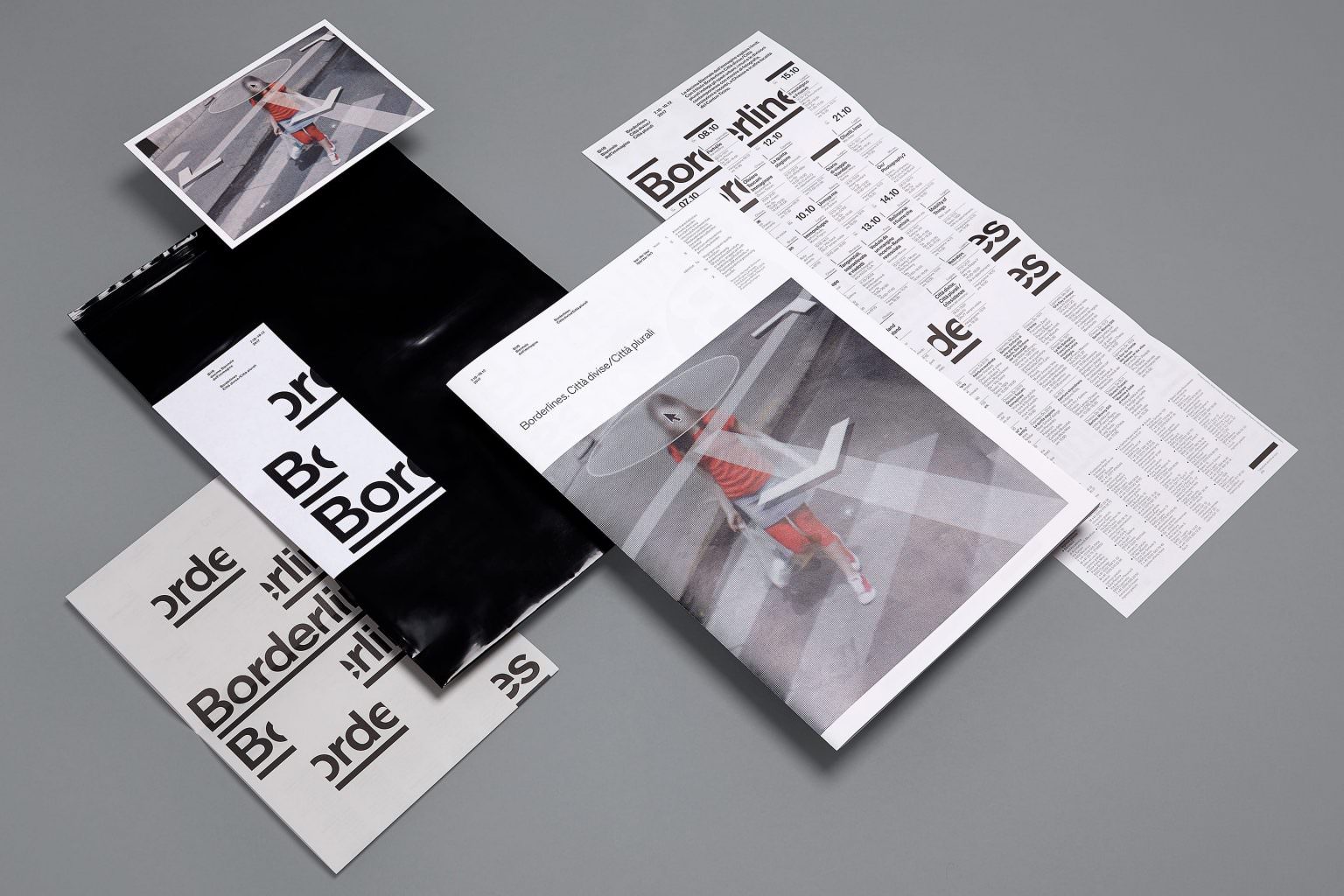
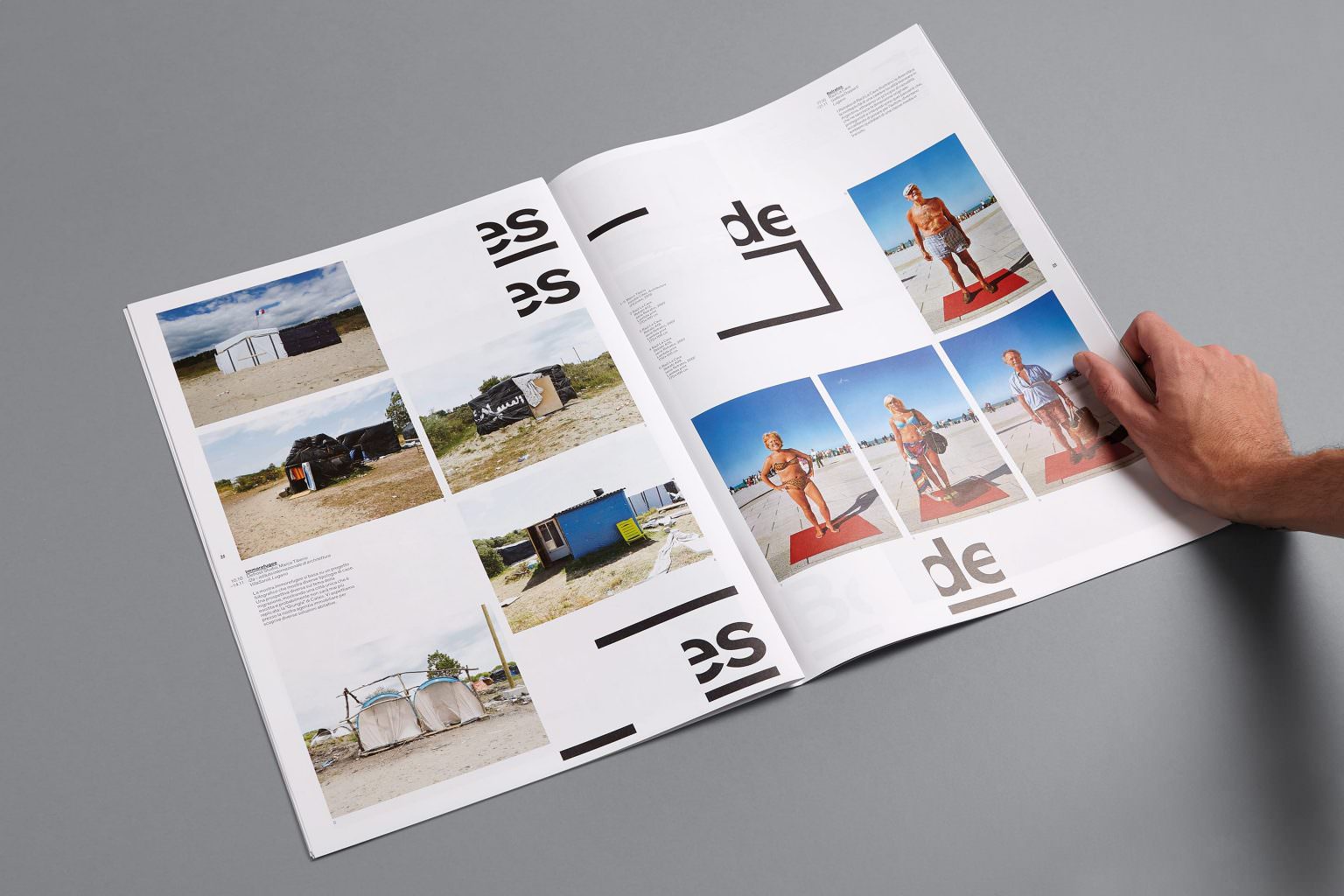
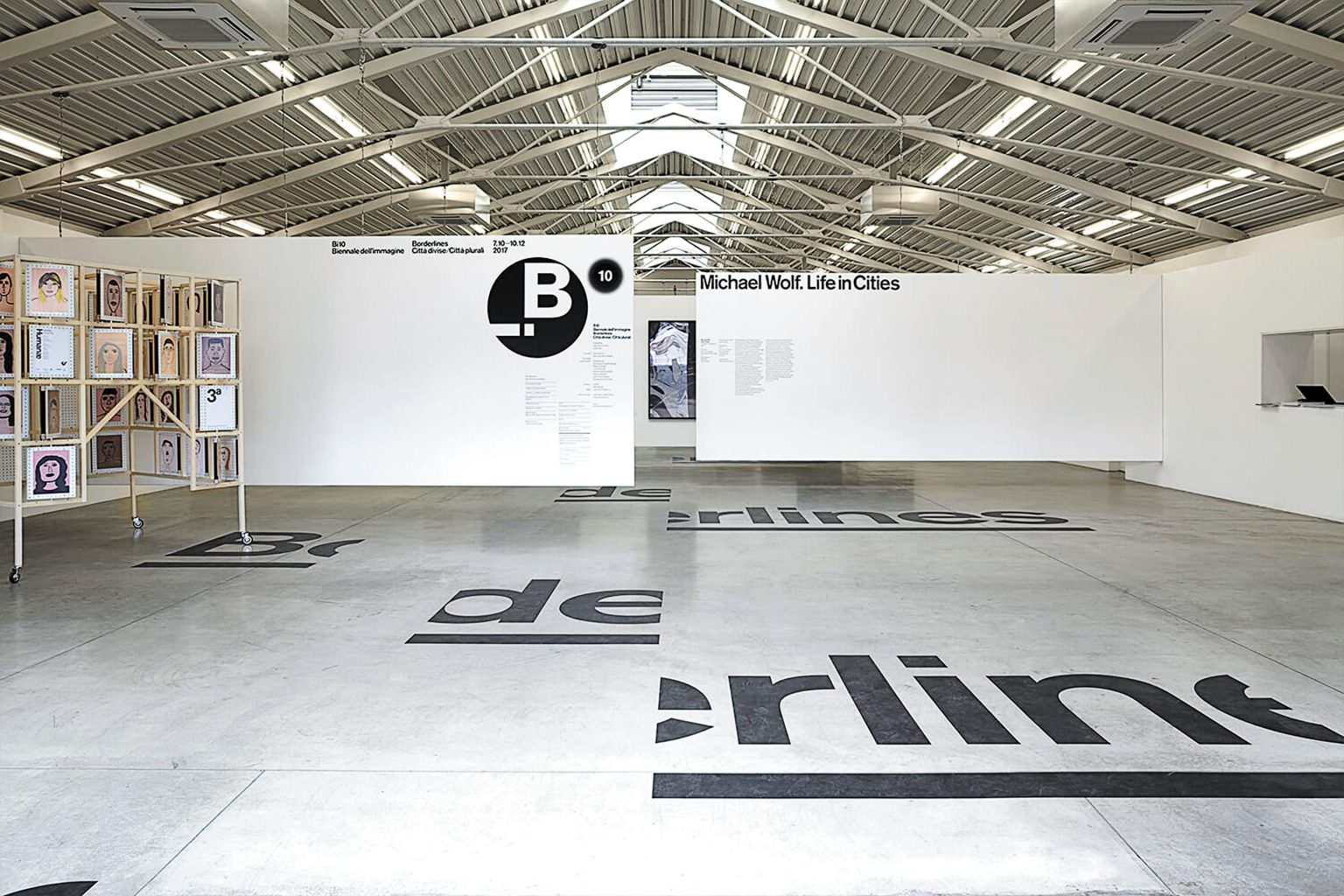

10th Biennale dell’immagine: Borderlines
10th Biennale dell’immagine: Borderlines
Visual identity, 2017
Visual identity, 2017
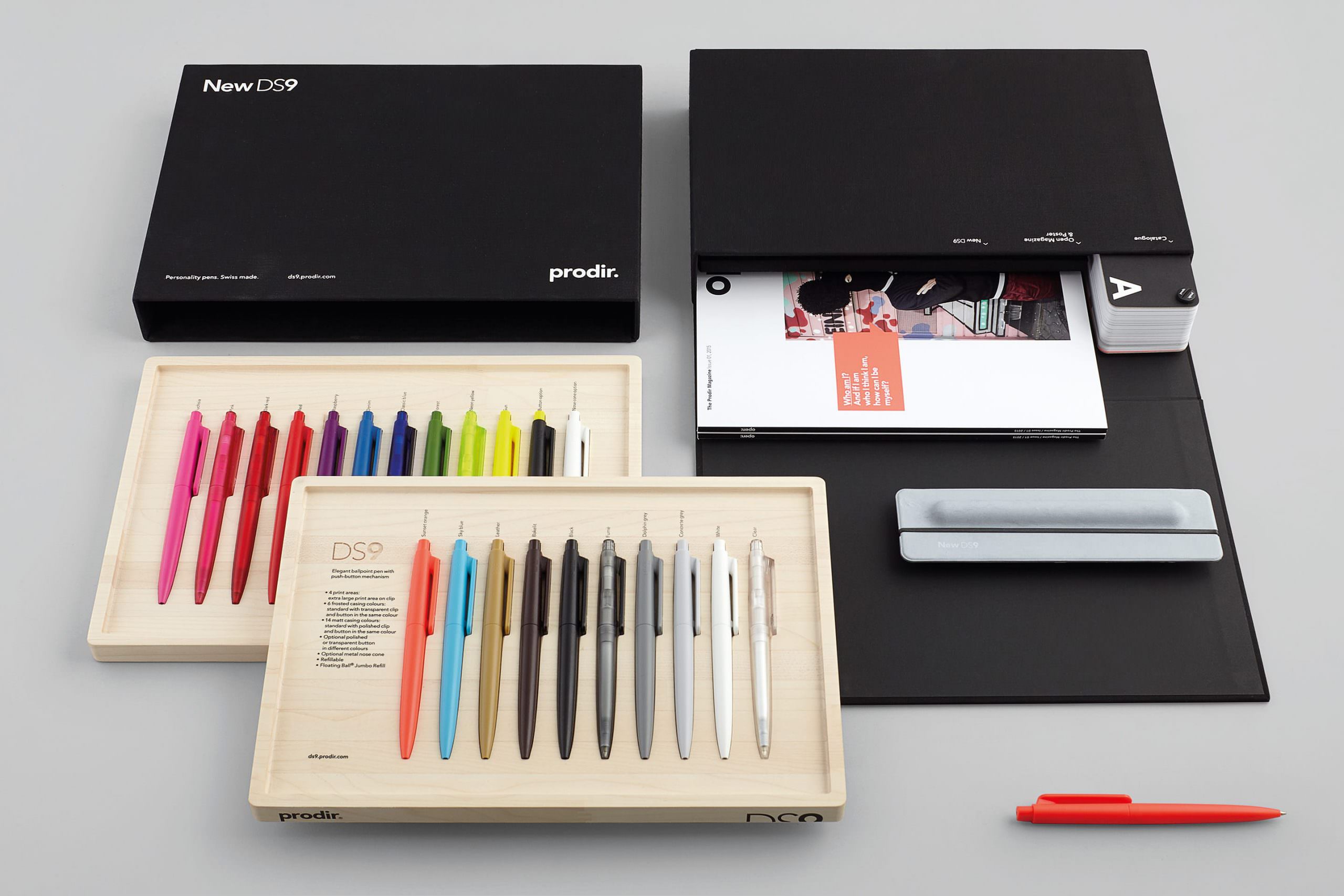

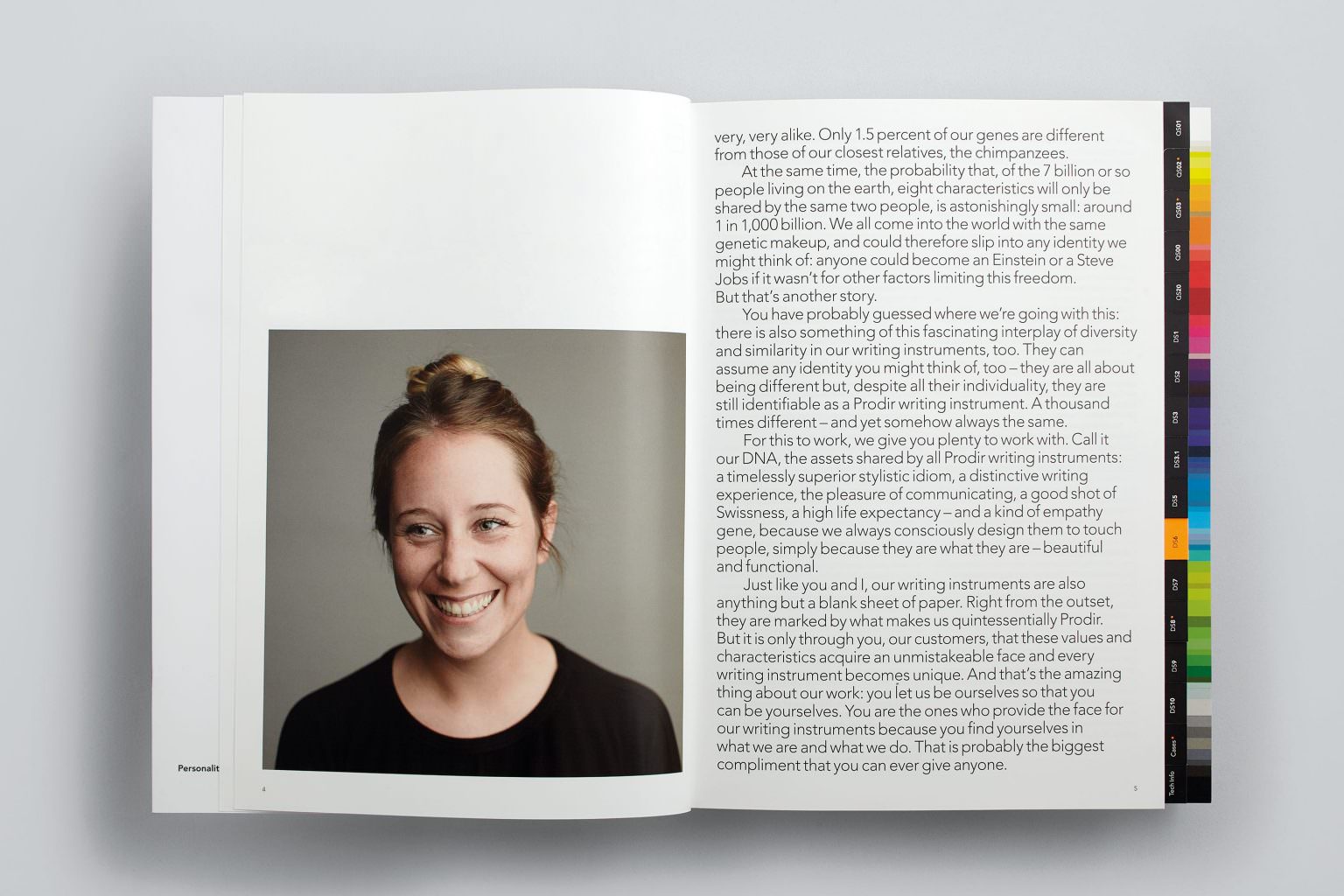
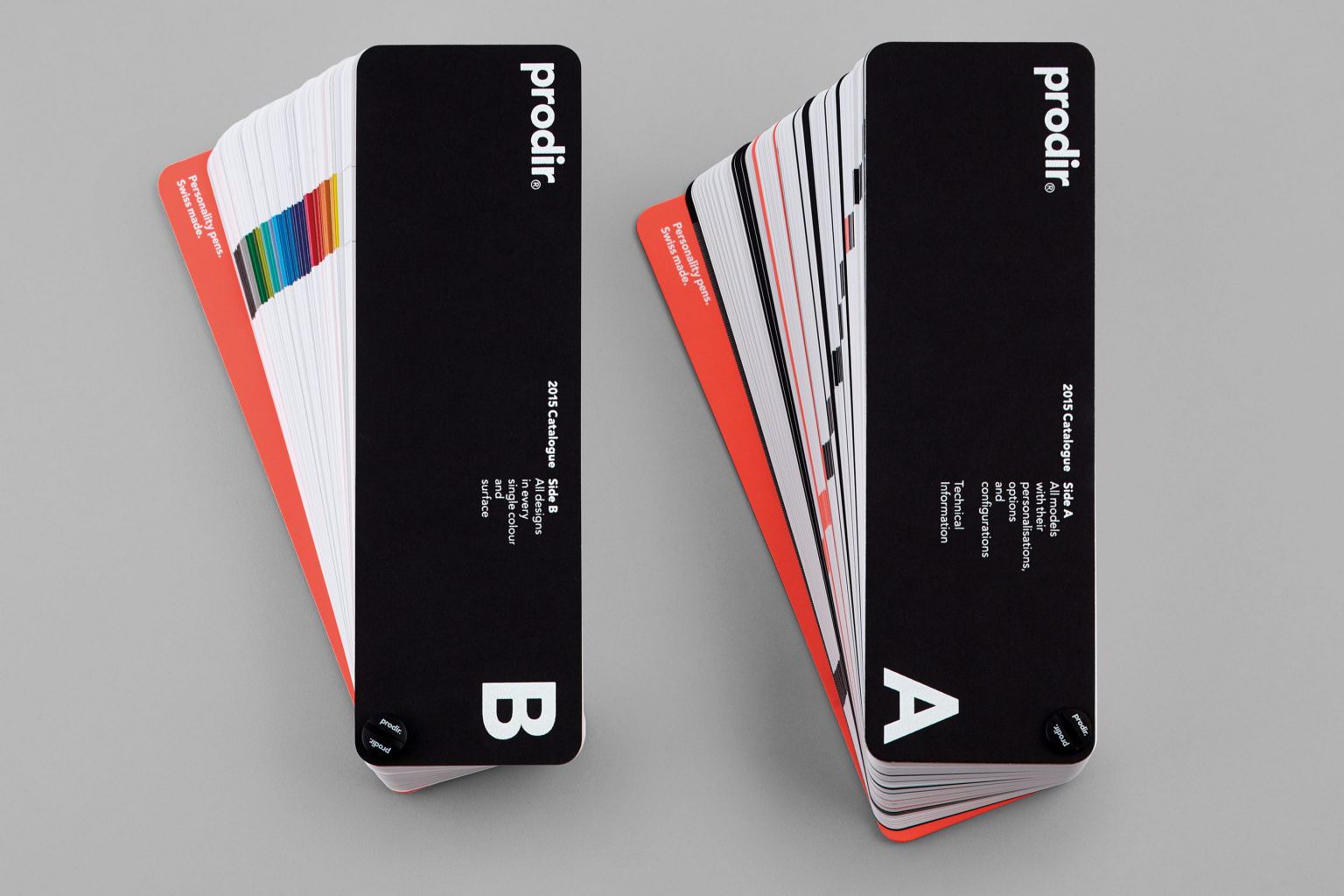

Prodir
Prodir
Visual identity, 2012–17
Visual identity, 2012–17
